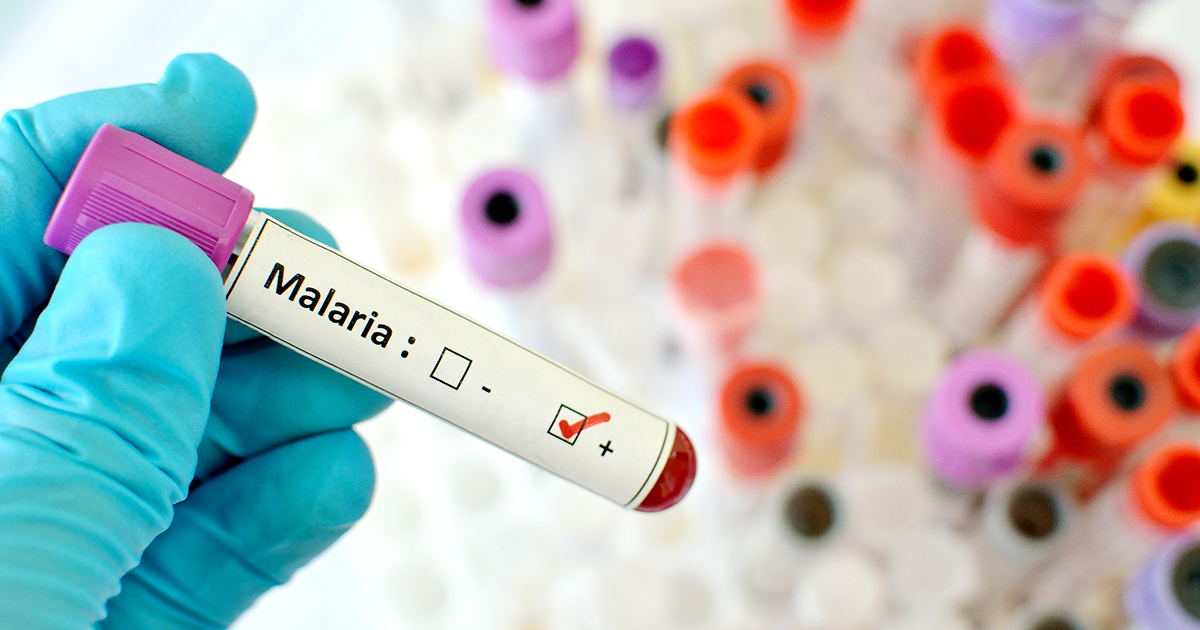Surprising Facts About Sickle Cell Anemia
Sickle cell anemia, also known as sickle cell disease, is a blood disorder caused by inherited abnormal hemoglobin, which then causes red blood cells to distort and become sickled cells. These sickled cells are quite fragile and thus are easy to rupture. Anemia sets in when these cells rupture and the number of red blood cells decrease. In addition to rupturing, sickled cells can block blood vessels, which can cause organ and tissue damage as well as pain.
Despite the seriousness of this condition, many individuals don’t know a lot about it. With this in mind, start reading to discover some surprising facts about sickle cell anemia now.
One Of The Most Common Genetic Disorders

Sickle cell anemia is one of the most common genetic disorders in the world today. Officials believe approximately 100,000 individuals are living with the condition in the United States, with another one thousand babies adding to this number each year. In contrast, the same officials indicate only fifty thousand people are living with cystic fibrosis. An estimate for the number of individuals affected worldwide is hard to pin down, but it is likely in the millions, particularly when other statistics are taken into account, such as one in 365 African-American babies and one in 16,300 Hispanic-American babies are born with the disease.
Continue reading to discover a surprising fact about the ethnic makeup of the individuals that sickle cell anemia can affect.
It Can Occur In Any Ethnic Group

Despite the prevalence of sickle cell disease in Africans and African-Americans, it is not a ‘black gene.’ Other groups commonly affected by this inherited condition include those with Hispanic, Mediterranean, Middle Eastern, and Indian heritage. Though Caucasians are the least at risk for sickle cell anemia, they can still inherit the condition. Due to how common it is and how it can occur in any race or ethnic group, it is essential for doctors to screen all babies for this condition as soon as they are born.
Continue reading about sickle cell anemia and its connection to malaria. It may surprise you!
Sickle Cell And Malaria

Yes, this condition has a close connection with malaria. The sickle cell gene appears to occur most often among individuals from the parts of the world where malaria is currently or used to be common. Sickle cell anemia affects hemoglobin, which is the protein in red blood cells responsible for carrying oxygen throughout the body and its tissues. In sickle cell disease, there is deoxygenated sickle hemoglobin, which distorts the blood cells and obstructs circulation while also damaging body tissues. The weakened blood cells make for poor hosts for malaria, as they leak the needed nutrients and the liver appears to selectively eliminate it.
Continue reading to learn how sickle cell disease is more than just pain.
It’s More Than Just Pain

One of the first things many individuals think of when it comes to sickle cell anemia is the amount of pain patients go through. While painful swelling in the hands and feet and overall pain is a significant part of the condition, it is not the only one. Both children and adults with sickle cell disease are at a significantly increased risk for a stroke. In addition to this, adult patients often face other complications such as vision loss, gallstones, delayed growth, bacterial infections, splenic sequestration, organ damage and failure, and leg ulcers. It just goes to show how integral blood flow and oxygen are and how many individuals take proper body function for granted.
Continue reading to learn about the surprising fact about life expectancy for patients with sickle cell disease.
Life Expectancy Has Improved

Only twenty years ago, children who suffered from sickle cell anemia rarely lived to become adults. Thankfully, however, this is no longer the case. With advancements in healthcare and medical research, the life expectancy of those with sickle cell disease has increased greatly from twenty years ago. However, though the life expectancy has improved, it is still much shorter than the average healthy individual in the developed world at forty to fifty years old versus at least eighty years for a healthy person. This increase in life expectancy is mostly the result of medicines such as penicillin, which help this condition greatly during the patient’s childhood.
The good news for some with this condition, however, is there is indeed a cure. Continue reading to discover the details.
There Is A Cure For It

Sickle cell anemia does not need to be a death sentence for those who have it. Not only is it entirely treatable and feasible to manage the symptoms effectively, but there is also a cure for this condition. A bone marrow transplant or stem cell transplant, depending on the source, is a successful cure for sickle cell disease. However, this success stems from siblings of the patient who are genetic matches. Rarely do exact genetic matches come up on the public donor registry. Donors are typically used in clinical trials for the condition.
Although a bone marrow transplant is currently the only significant option, research is being done into how gene therapy might help cure sickle cell anemia. So far, experts indicate gene therapy looks promising as a future option for a sickle cell cure.
Continue reading to discover what many find surprising regarding how this condition develops.
It’s Not Contagious

When most individuals hear about a disease they are unfamiliar with, many of them tend to think about whether or not they can contract the condition. They wonder if they might develop it if someone around them also has it. While this might be true for some conditions, it is not the case with sickle cell disease. As mentioned previously, it is an inherited condition and patients are born with it. No one, even if they have the sickle cell trait but not the disease itself, can spontaneously develop the disease later in life. For a baby to have sickle cell disease, both parents must be carriers of the sickle cell trait.
Did these facts about sickle cell anemia surprise you? For more information about this condition, including symptoms, check out A Comprehensive Guide To Sickle Cell Anemia.
